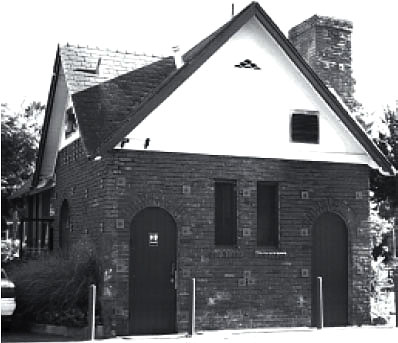The Seven Steps
Unreinforced Masonry Walls
The Problem
The plaster-covered brick walls of this building collapsed during a recent earthquake.
Source: California Seismic Safety Commission
Houses built of unreinforced masonry – bricks, hollow clay tiles, stone, concrete blocks, or adobe – are very likely to be damaged during earthquakes.The mortar holding the masonry together is generally not strong enough to resist earthquake forces.
Anchorage of walls to the floor and the roof is critical.
These houses are weak (brittle) and can break apart.
Walls may fall away or buckle, resulting in damage.
How to Identify
Header courses of bricks are usually placed endwise every six or so rows in unreinforced masonry walls to tie the outer layer of bricks to the layers inside the wall.
Source: California Seismic Safety Commission
- Can bricks or stone be seen from the outside (unless the walls are covered with stucco)?
- Do the brick walls have “header courses” of bricks turned endways every five or six rows? (See drawing at right)
- Was the house built before 1940?
If you cannot tell from the outside, turn off the power and take the cover plate off one of the electrical outlet boxes on an outside wall and look for brick or other masonry.
If the wall is concrete or concrete block, it is very difficult to find out if reinforcing steel was added during construction.
You will then need:
- The house’s plans, which may be on file with the Building Department, or
- To consult a licensed engineer to make the determination.
Remember
- It is very expensive to shore up a house, remove damaged walls, and put in new walls.
The Solution
Unreinforced masonry wall strengthened by installing a steel frame inside.
Source: Jessica Tran
Bolting of unreinforced masonry wall to steel frame on the inside.
Source: Jessica Tran
How-to Resource
- Detailed information can be found in the International Existing Building Code, published by the International Code Council.









